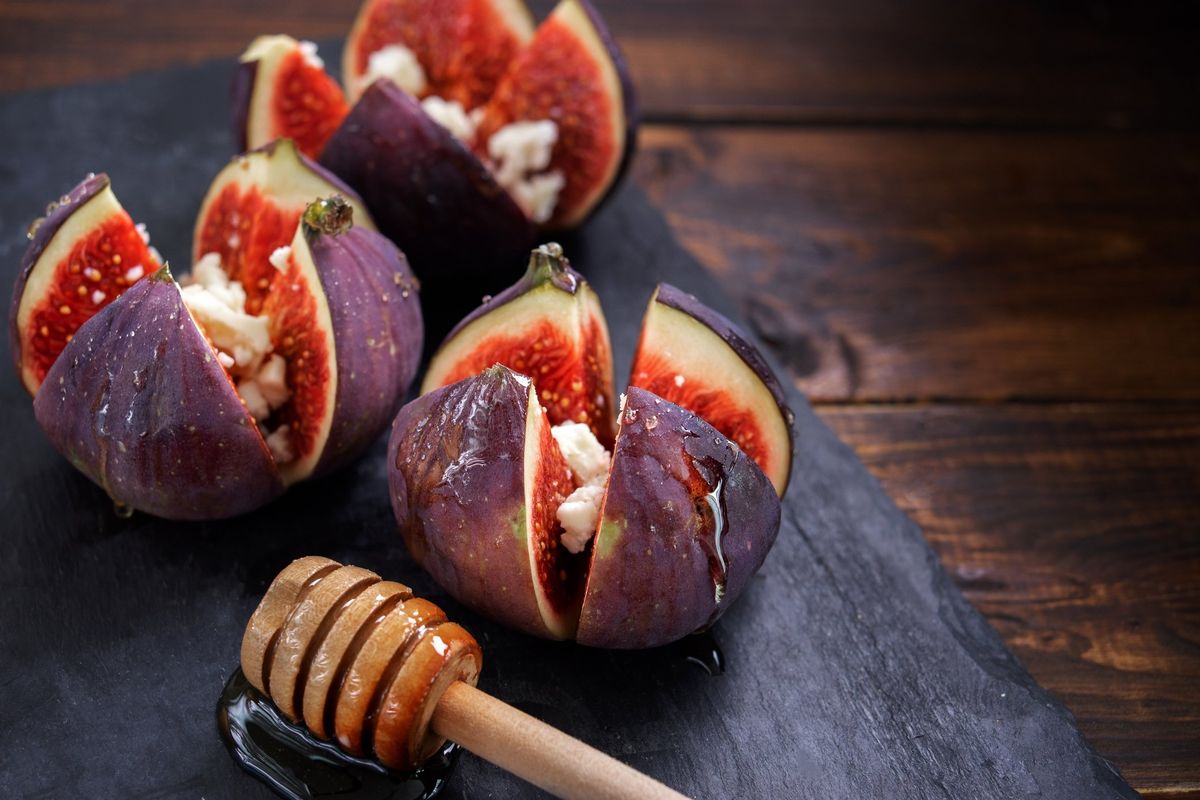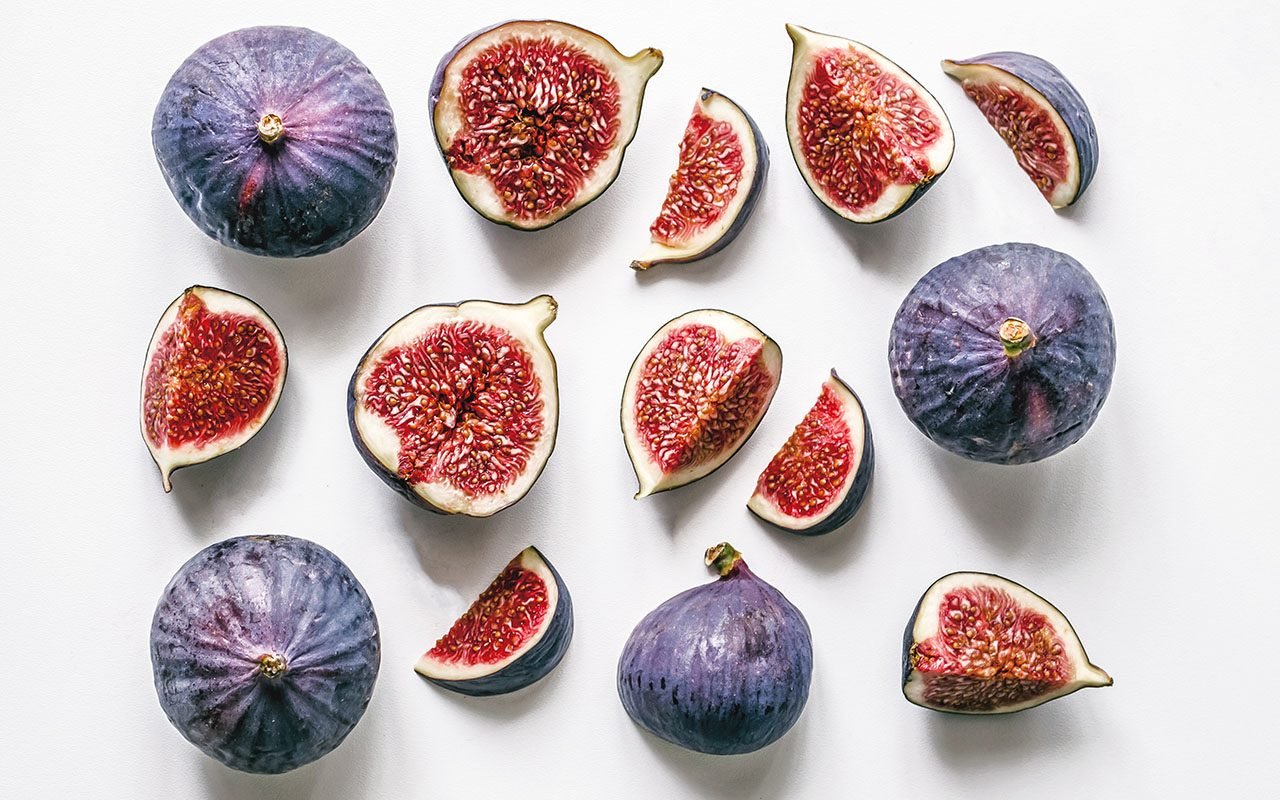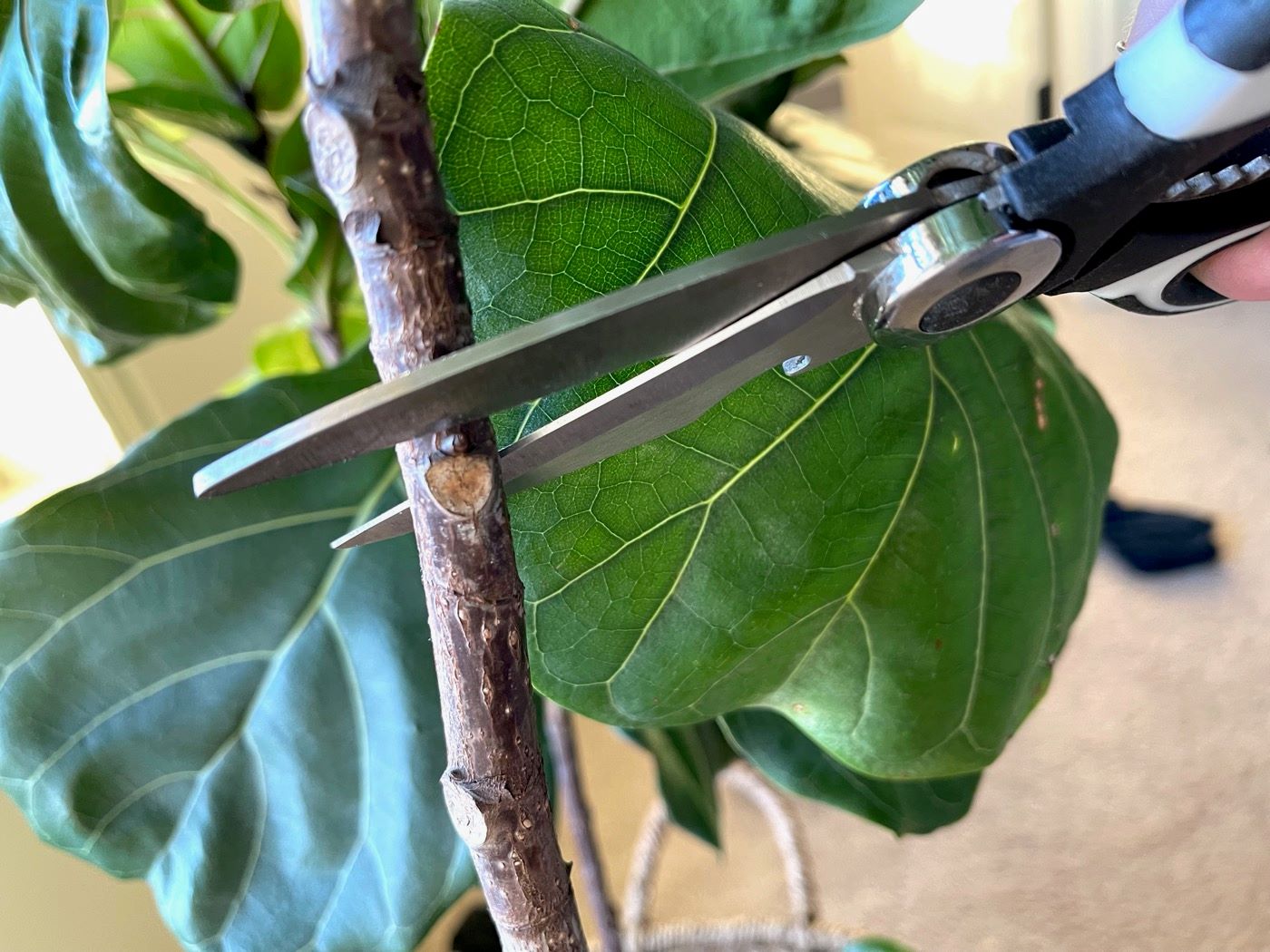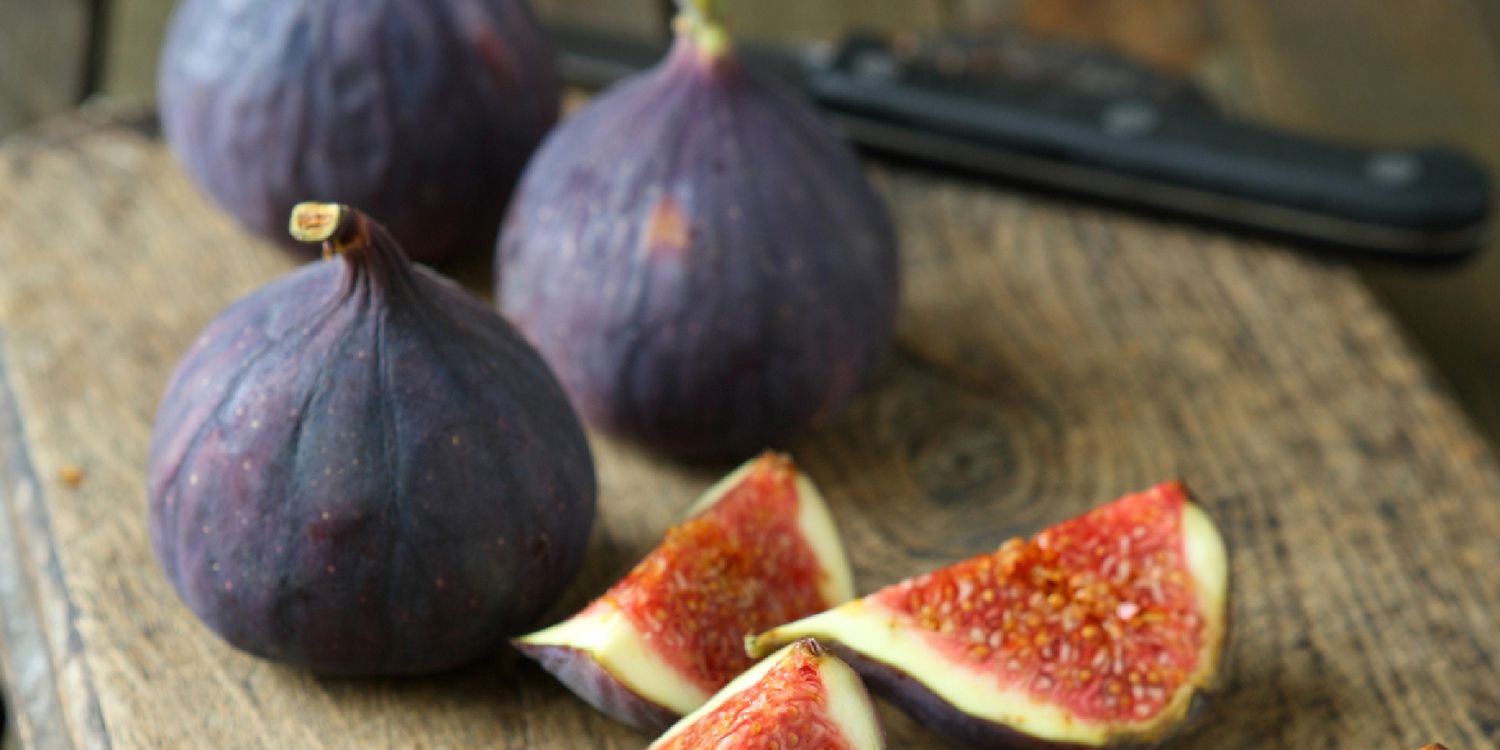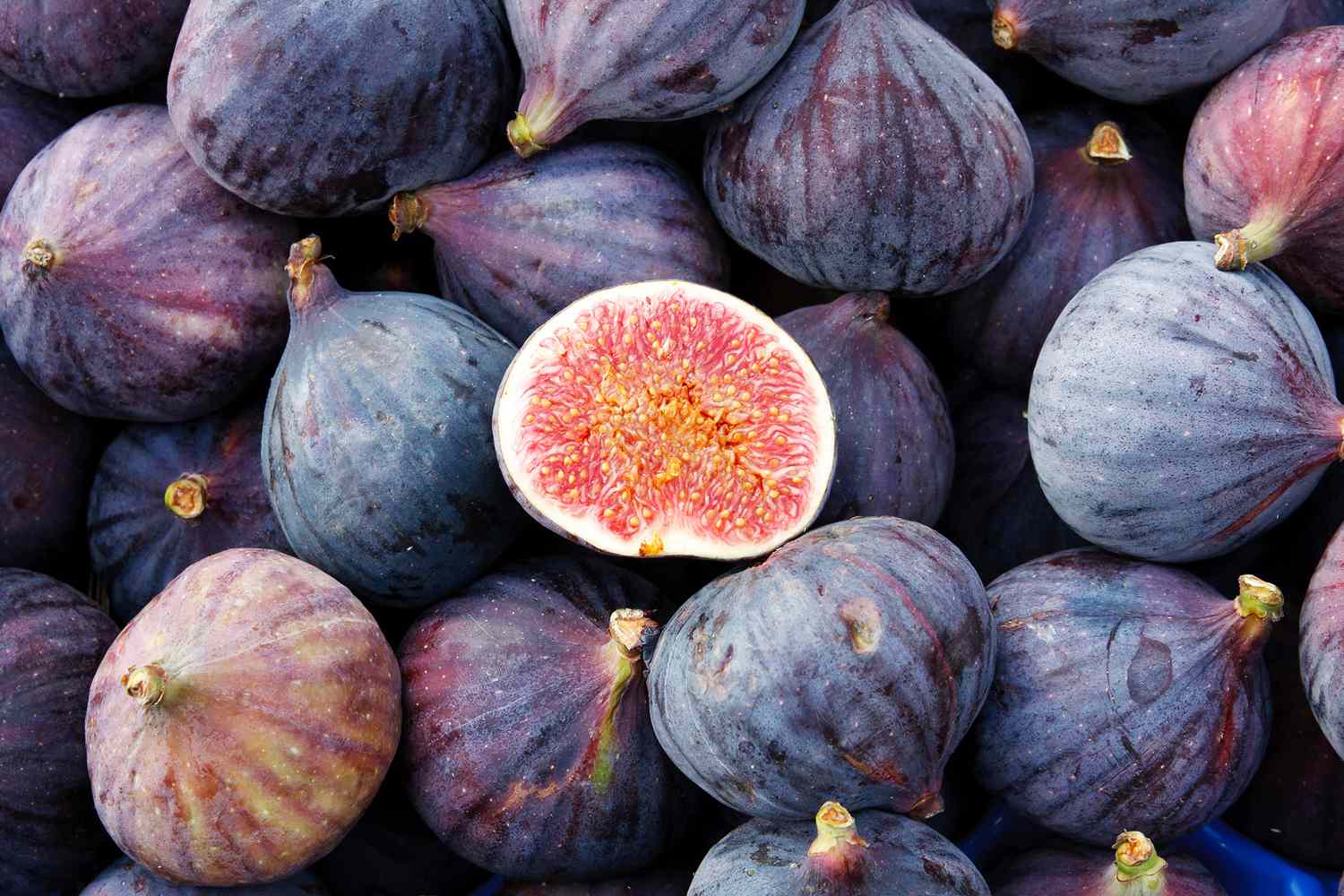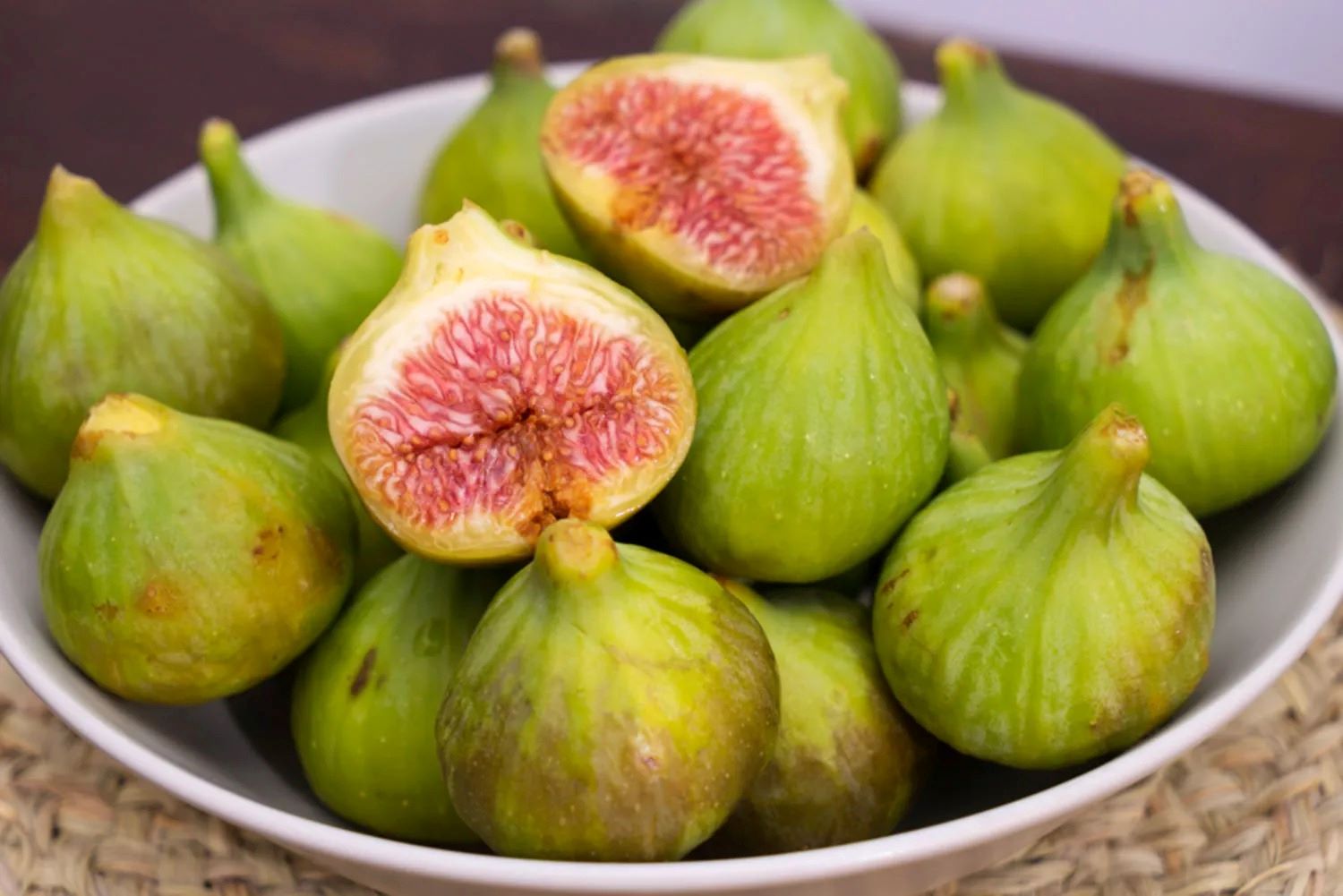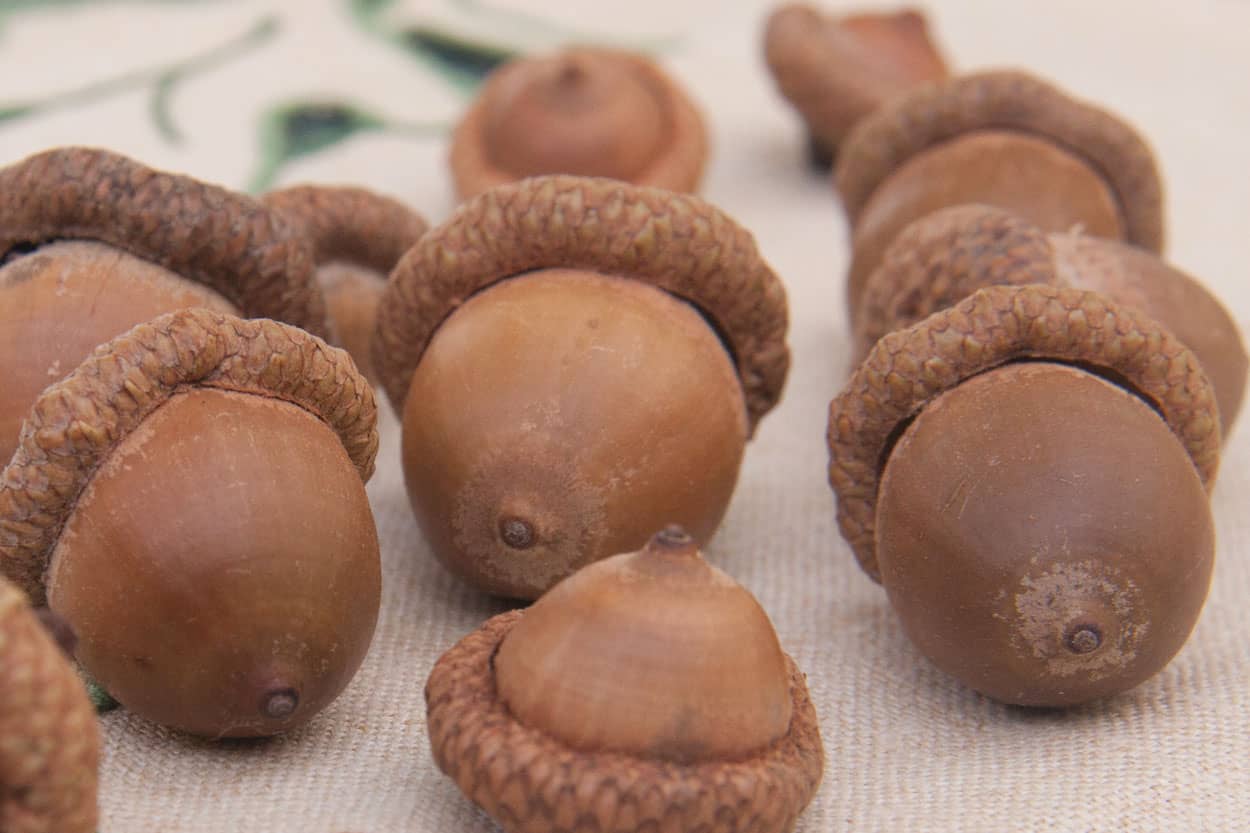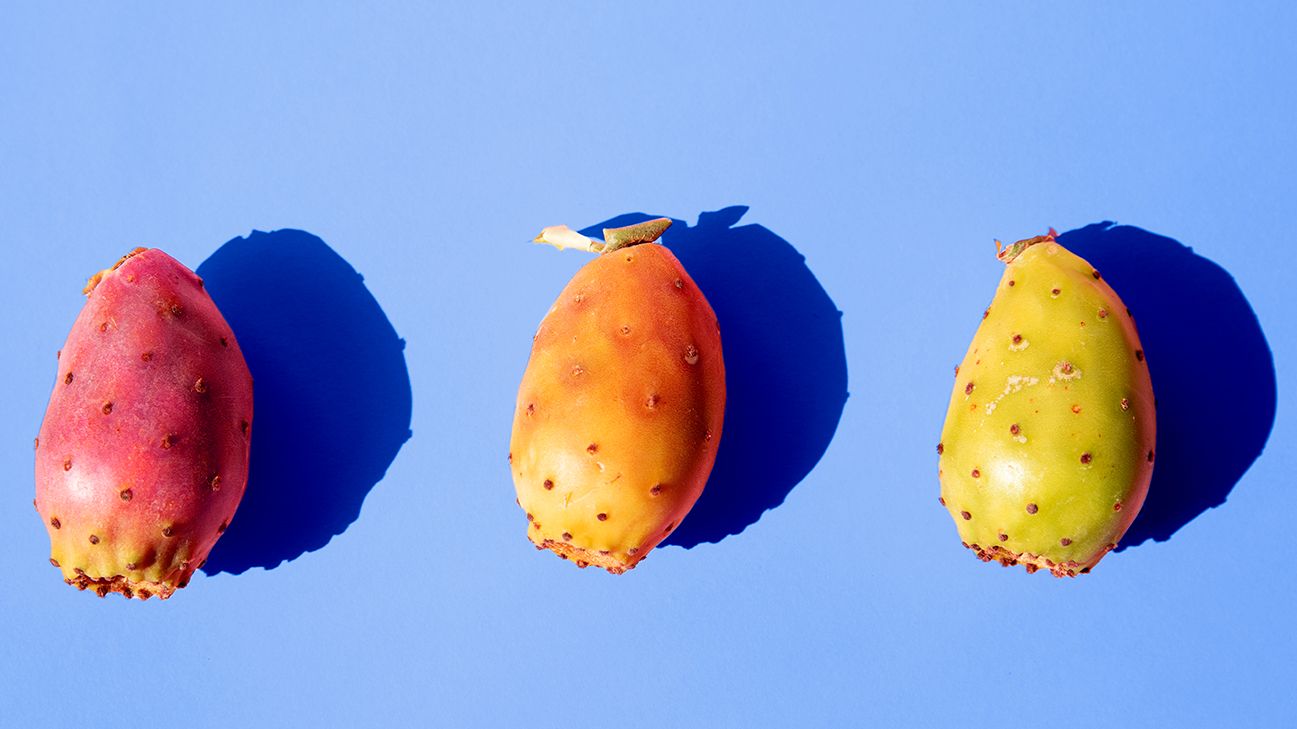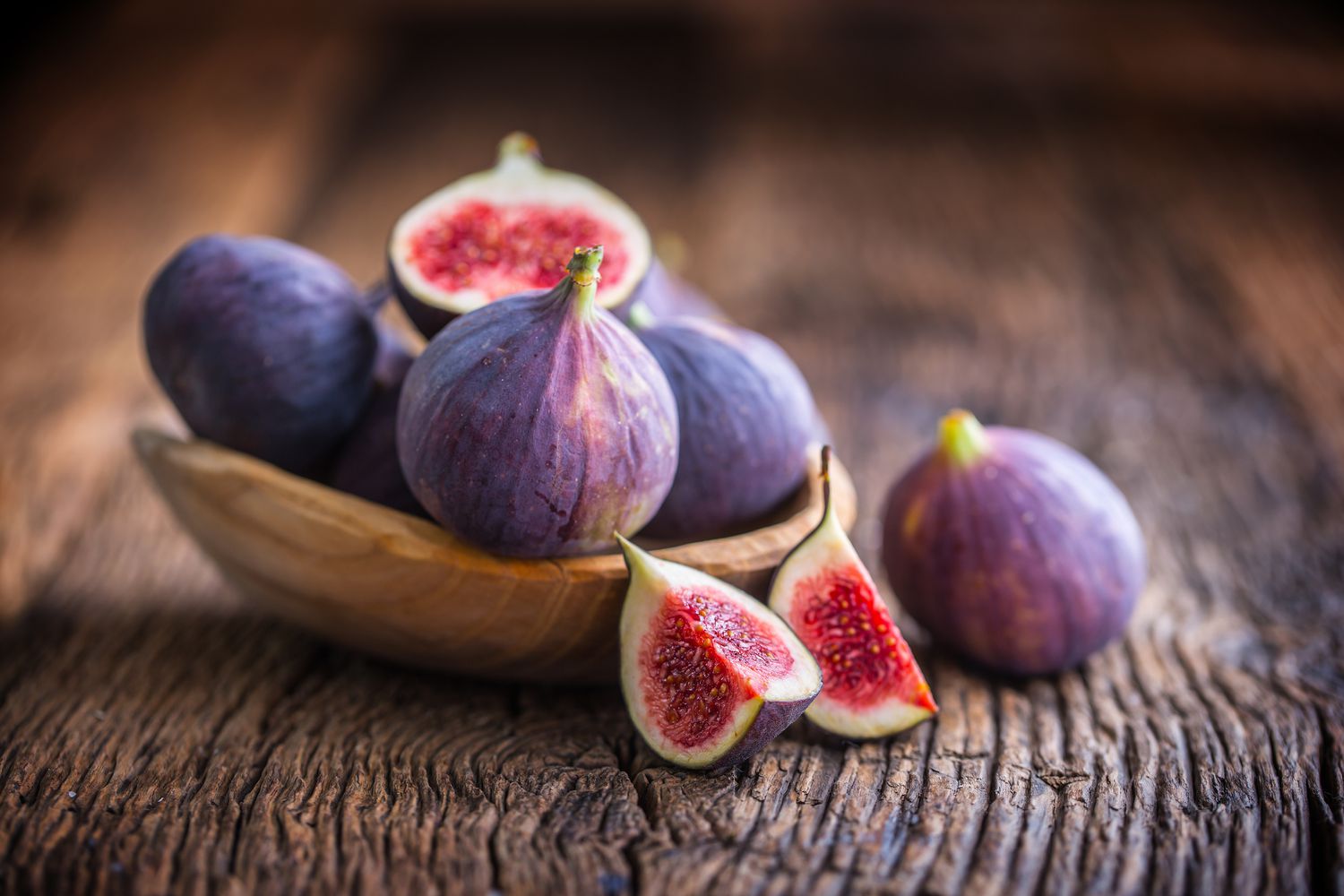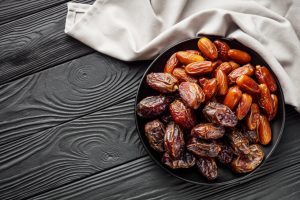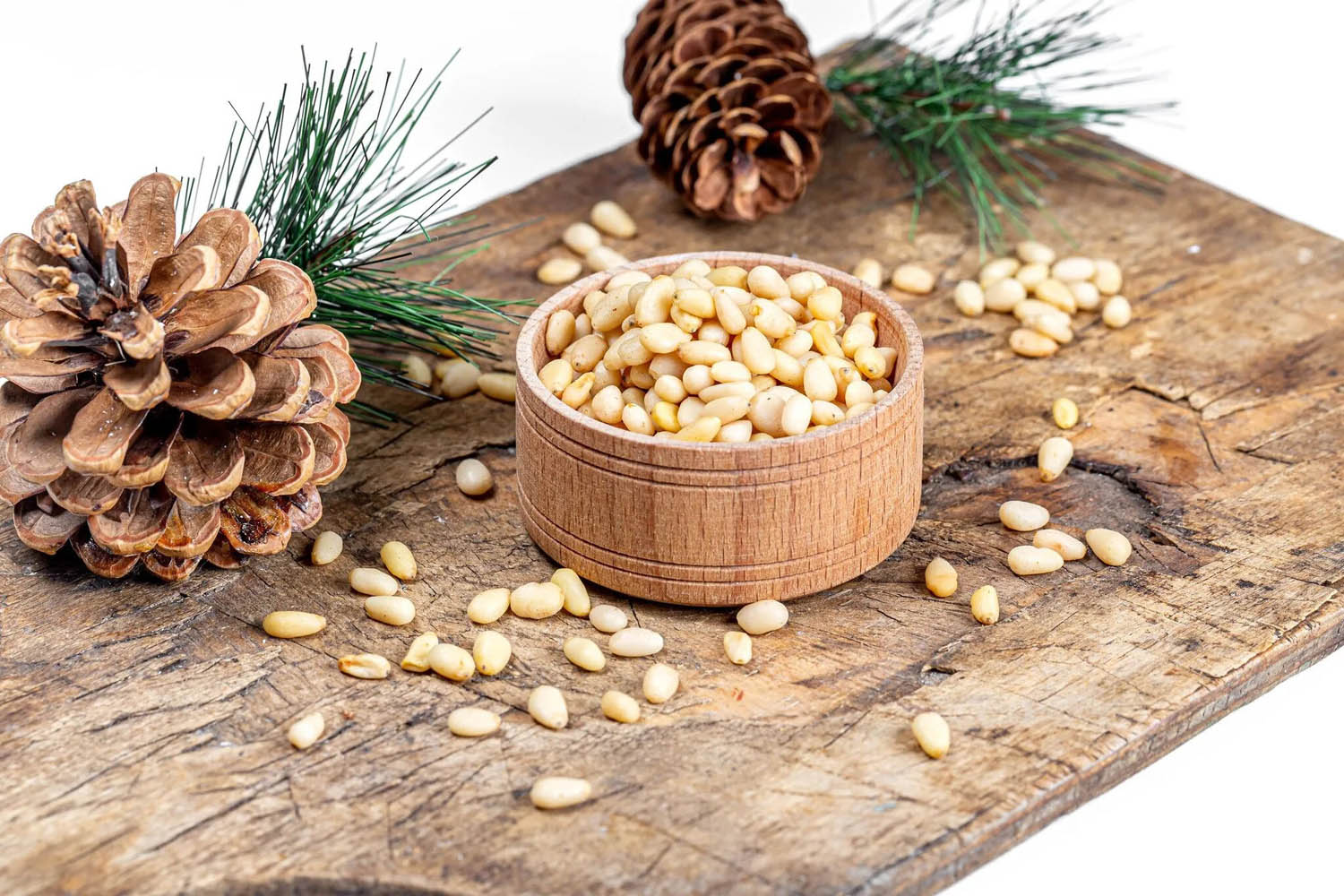Enjoying Fresh Figs Straight from the Tree
There’s something truly special about plucking a ripe, juicy fig straight from the tree and savoring its sweet, luscious flavor. If you’re lucky enough to have access to a fig tree, you’re in for a treat! Here’s a guide on how to properly enjoy this delightful fruit right from the source.
Choosing the Perfect Fig
Before you start, it’s important to select the right fig. Look for one that is plump, soft to the touch, and has a deep color. A ripe fig should give slightly when gently squeezed, but it should not be mushy. The stem of the fig should also be slightly bent, indicating that it is ready to be picked.
Harvesting the Figs
When it comes to picking figs, it’s best to do so in the morning when the fruit is cool and full of flavor. Gently twist the fig as you pull it from the tree, being careful not to damage the delicate skin. If the fig doesn’t come off easily, it may not be fully ripe, so it’s best to leave it for another day.
Preparing to Eat
Once you have your freshly picked fig in hand, it’s time to prepare it for eating. Rinse the fig under cool water to remove any dirt or debris. Pat it dry with a paper towel, being careful not to crush the delicate flesh.
Savoring the Flavor
Now comes the best part – enjoying the fig! There are a few different ways to eat a fig off the tree:
- Eat it Whole: Simply bite into the fig, skin and all, to experience the full spectrum of flavors and textures.
- Slice it: If you prefer, you can slice the fig into quarters or halves to savor each bite individually.
- Pair it: Figs pair wonderfully with a variety of foods, such as cheese, honey, or prosciutto. Consider creating a simple appetizer by pairing your fresh fig with a slice of cheese and a drizzle of honey.
Regardless of how you choose to eat your fig, be sure to take your time and appreciate the natural sweetness and complexity of this remarkable fruit. Each bite is a true delight for the senses!
Conclusion
Eating a fig straight from the tree is a simple yet luxurious experience. By selecting the perfect fig, harvesting it with care, and savoring it in your preferred way, you can fully appreciate the natural beauty and deliciousness of this remarkable fruit. So, if you have the opportunity to enjoy fresh figs from a tree, don’t hesitate to indulge in this delightful treat!
